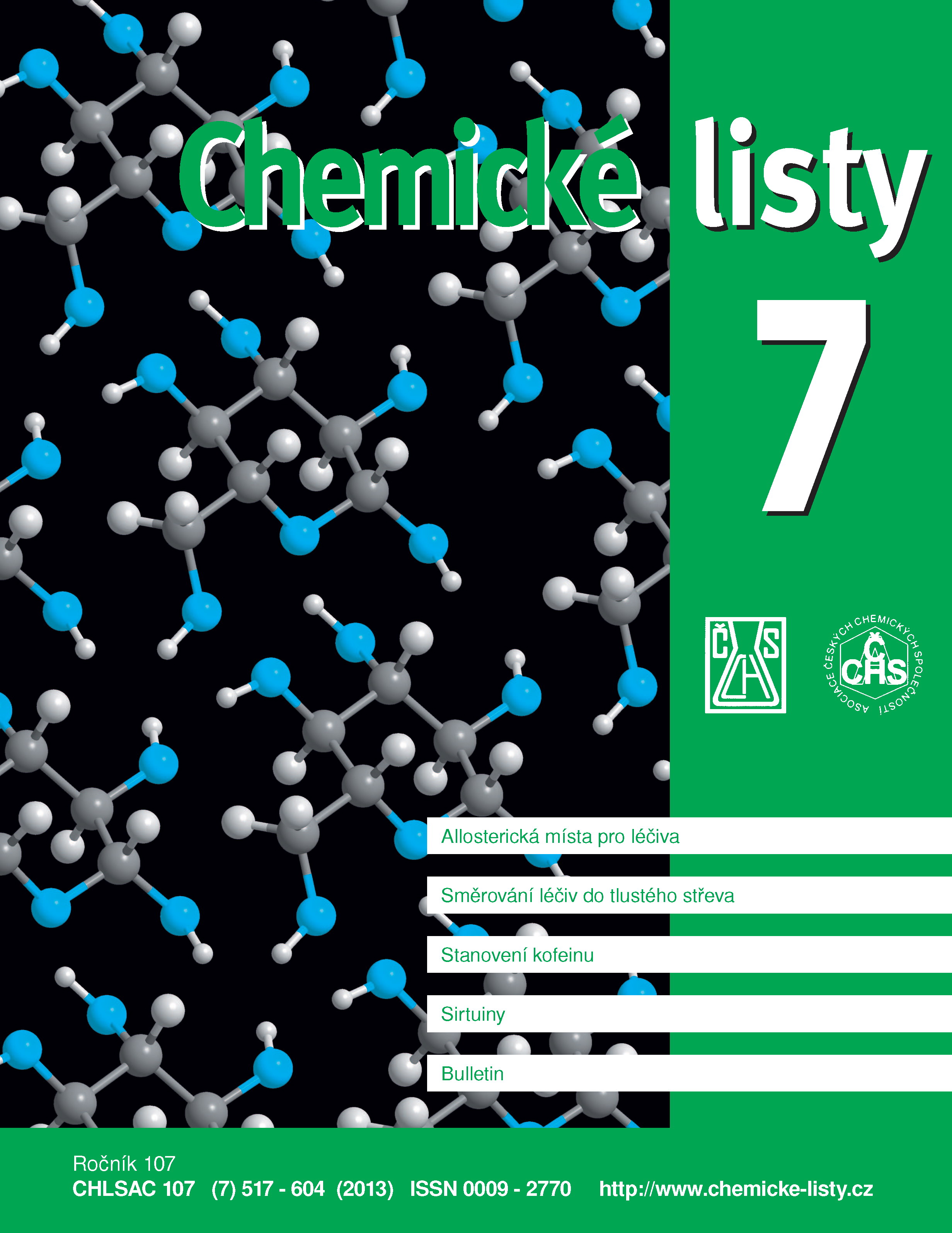Slime Mold Dictyostelium discoideum – A Model System Not Only for Biologists
Keywords:
Dictyostelium discoideum, cyclic adenosine-3',5'-monophosphate (cAMP), excitable medium, Belousov-Zhabotinsky reactionAbstract
The slime mould Dictyostelium discoideum is an excellent microorganism that allows, as a model system, to study many biological problems, such as chemotaxis, gene expression, adhesion, cell differentiation, cell sorting, multicellular development from single cells, intercellular communication, phagocytosis, motility, programmed cell death and signal transduction. However, the microorganism is also investigated by physicists because of its non-linear dynamic behaviour and pattern formation. These single-celled soil inhabitants are an ideal example for the researchers seeking models of artificial cells and chemical robots or researchers in the swarm robotics field.





